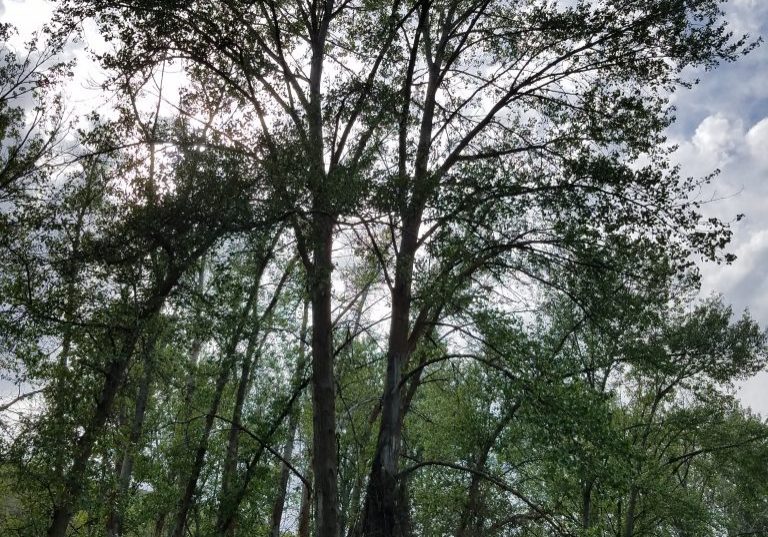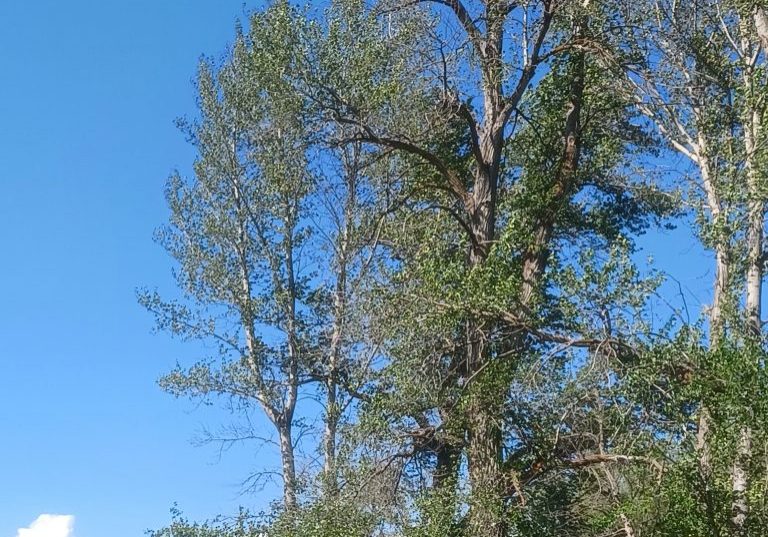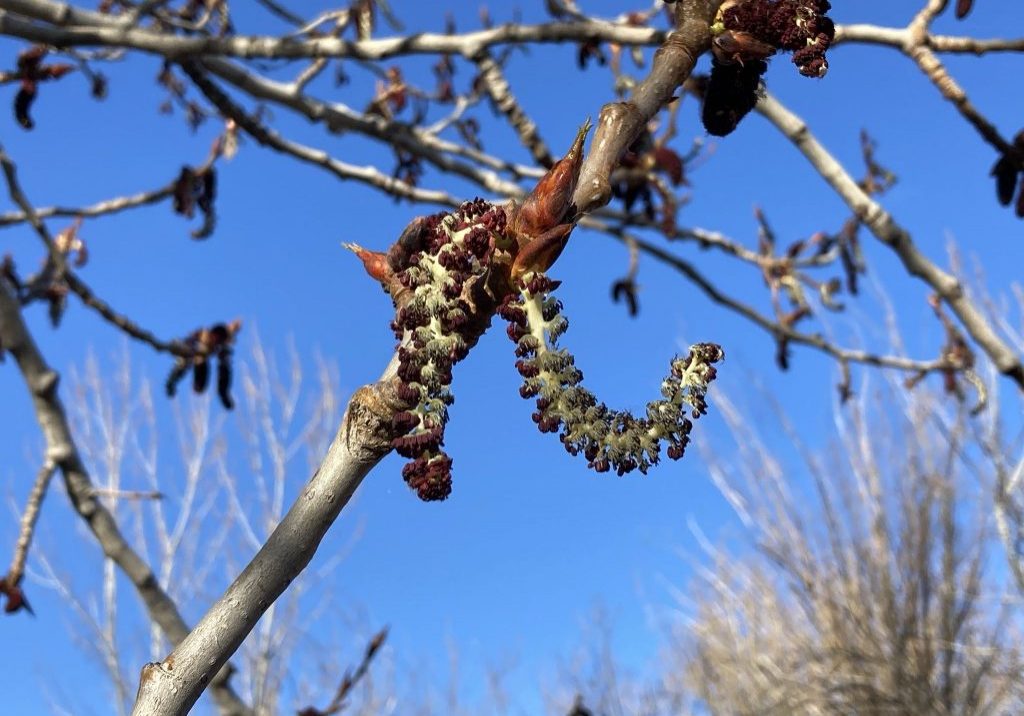
About the Project
Riparian forests form the foundation of lowland floodplain and channel systems. They provide shade, nutrient input, and large wood critical to maintaining channel morphology and habitat complexity for salmonids.
Cottonwood Biology
Cottonwood recruitment occurs primarily in the active floodplain. In the Kittitas reach of the Yakima River, 33% of the active floodplain has been lost since 1942, due to development and infrastructure such as levees and roads. In addition to reduced forest extent due to land use, research in 2007 (Braatne et al) suggests that riparian forests are no longer regenerating, and forests are aging without replacement.


Why Does It Matter?
Conditions in the reach affect steelhead, bull trout, spring Chinook, coho, sockeye, cutthroat trout, and rainbow trout. We will use results to create reach-wide and site-specific recommendations, including one conceptual restoration plan, for improving cottonwood regeneration and persistence in the upper Yakima River.
Taking the First Step
To identify the relative risk to the riparian forest and restoration opportunities in the Kittitas reach of the Yakima River, MCFEG is assessing riparian forest extent and condition from the confluence with the Teanaway River (RM 176) to the Yakima Canyon entrance (RM 146). We are evaluating forest extent, stand age, regeneration status, recruitment landforms, and site conditions impacting forest stands.

